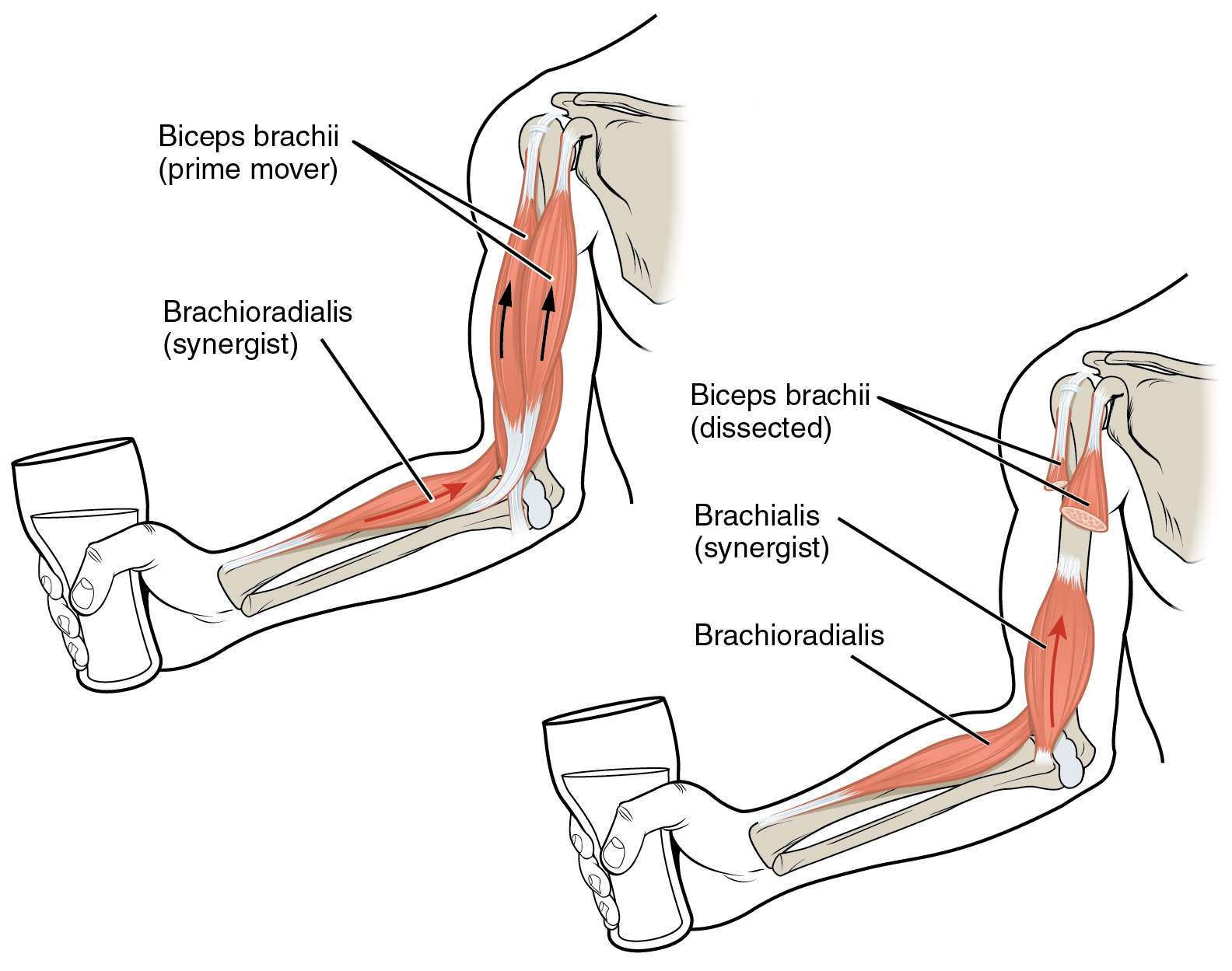Insertion (anatomy)
A skeletal muscle is attached to at least two points, origin and insertion, via tendons, so the connective tissue portion of a muscle. Most muscles are attached to the skeleton, some muscles are attached also to the fascia which may be strengthened to aponeuroses. The terms are used for the mounting points of tapes.
Definition
The distinction between muscle attachment ( insertions ) and origins ( Origo ) is often arbitrary. The origin of the mostly immobile part ( punctum fixed salary ), as a way of moving part ( punctum mobile) is called. This distinction can, however, many muscles do not apply readily, especially the pair of terms punctum fixum / punctum mobile is terminologically not synonymous with the term pair of origin / approach. Furthermore, also punctum punctum mobile and fixed salary can not be absolutely determined, as a muscle the times can move a point of attachment, sometimes another. So for the musculus quadriceps femoris belonging rectus femoris contributes on his back to the straightening of the upper body while lying down. It has its origin at the ilium, which also punctum fixum (eg raising of the thigh in the state ) is a rule. In the above case, however, is to be lifted on the ilium and therefore at this point of attachment that is to be moved Waist punctum mobile. The determination of this point as the origin is retained.
On the limbs the hull near ( proximal ) attachment of the hull distant ( distal ) is generally referred to as the origin, according to the approach. For the muscles of the shoulder girdle is usually the attachment to the hull as the origin, the shoulder girdle as approach. When the back muscles, the origin is at the bottom (with animals back), the approach above ( front). In some cases, they are simply set arbitrarily.
A muscle can have several origins, these different origin shares are referred to as muscle head ( caput). The number of heads was eponymous for some muscles. The biceps brachii ( " two-headed muscle of the upper arm " ) has, for example when two people originating tendons that originate at different points of the shoulder blade. Likewise, a muscle also have several approaches in which shares the terminal tendon and attaches to different bone points. The biceps brachii has for example two approaches, namely the radius and ulna.
Attachment to the skeleton
The tendon insertion zone, regardless of whether approach or origin, to the bone is at apophyses other than at the diaphysis.
The apophyseal tendon zones found at the bone -tendon junction fibrocartilage, which mineralized at the transition to the bone. Here, then, takes place a gradual transition from taut, parallel- connective tissue ( Collagen connective tissue) on a non- mineralized ( with interspersed connective tissue fibers between the cartilage cells) and mineralized fibrocartilage zone to the bone. The cartilage cells dampen jerky tension of the tendon due to their elasticity and have thus indirectly a shock absorbing function.
The diaphyseal attachment via Sharpey's fibers. Here, the attenuation over an intertwining of the collagen fibers of the tendon with elastic fibers of the stratum is achieved fibrous periosteum.
- Skeletal muscle










